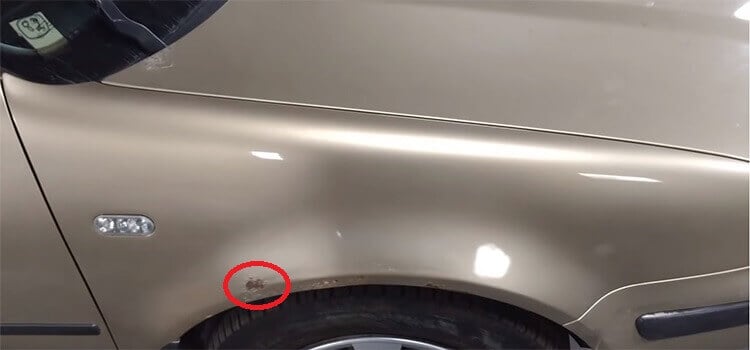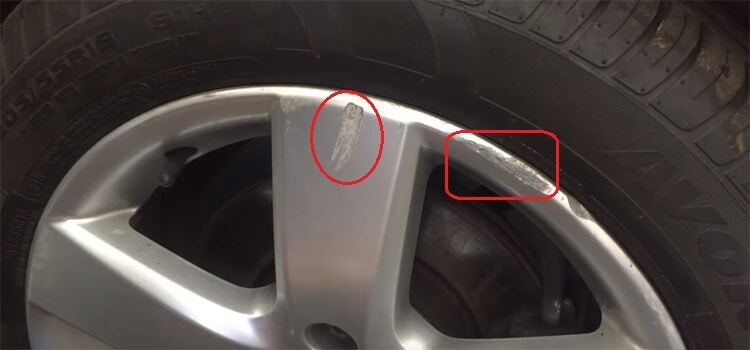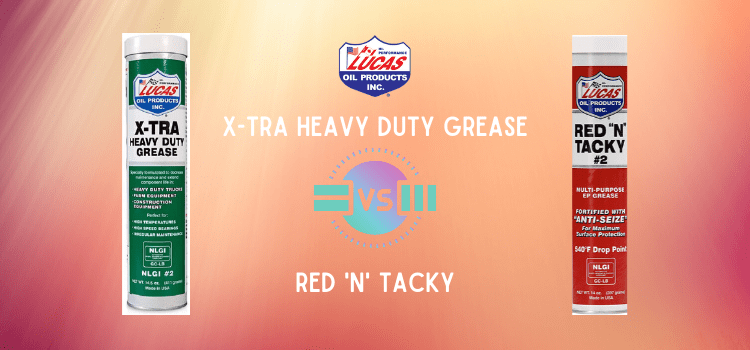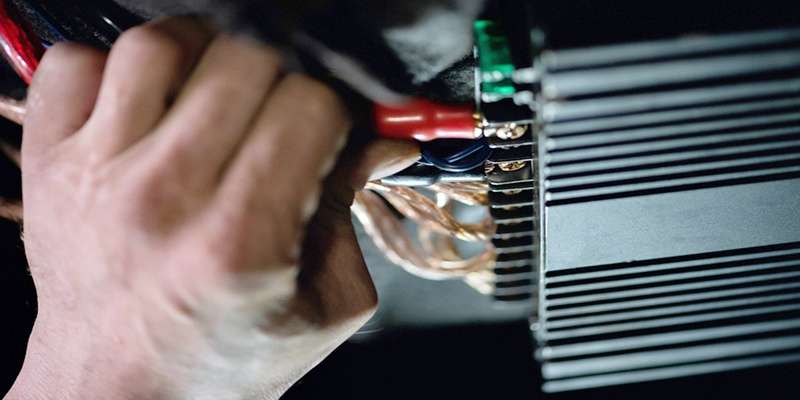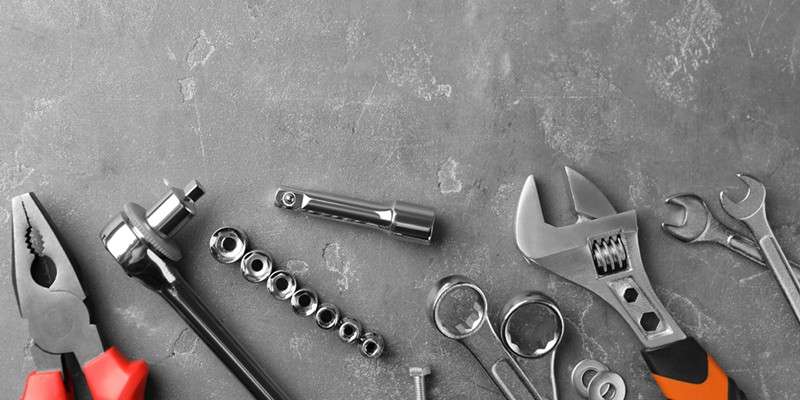An air compressor will not build pressure in a compression system due to several causative factors. This problem can occur in any vehicle, your motor may be running fine and the pump functioning well, and there might still be no air pressure in the tank.
In some cases, the tank’s air pressure increases to a specific point and suddenly fails to continue building pressure, then starts dropping. This happens even when you have a functioning compressor.
So what could really be the cause of an air compressor that will not build air pressure? We are going to answer that soon enough.
What is an Air Compressor?
An air compressor can be described as a mechanical pump operated by an electric motor, or other types of motor, like the fuel types, for instance. The device that compresses the air is called the compressor pump.
On each compressor, a pump sucks in the air from the atmosphere using an intake. This intake channel designed on the pump usually has a filter that keeps dust and dirt from entering the pump. The sucked-in air is then driven to the tank by the pump, resulting in an increment in air pressure inside the tank or compressor tank.
There are different air compressors, rotary screws, and reciprocating, for instance, carrying out this process in different styles based on their design. However, they carry out the same function, pull in air from the atmosphere through the air intake and push the air to the tank to build up air pressure.
Hence, when you have a fully functional motor driving an air compressor pump and proper cycling of the pump, your tank should effectively build up the pressure, but sometimes, the air compressor will not build pressure. That brings us to the next point.
Main Reasons why your Air Compressor will not Build Pressure
Several reasons can be responsible for the cause of this problem, so you have to be sure of the actual cause before carrying out any repair. Else, you might end up with an even more damaged system. These are the probable reasons why your air compressor fails to build up pressure in the tank;
- Failed Compressor Gasket
- Damaged Compressor Piston Seal
- Faulty Intake Valve
- Failing Tank Check Valve
- Lousy Compressor Pressure Valve
Failed Compressor Gasket
Air compressors typically have a valve plate, where you can find the intake and the pressure valves. What separates these valves is the gasket. A failed gasket in a pump might not necessarily affect the functioning of the pump and motor, but it will affect the compressor; the air compressor will not build pressure.
As the piston rotates, the air is sucked in, and as the piston compresses, the air is driven into the tank. Having a failed compressor gasket will only cause a to and fro airflow within the pump, moving in and out the intake. This reduces the air flowing through the line into the compressor cylinder.
If you dismantle your compressor pump, take note of these two things. One, you can’t tell if your gasket has failed as the gasket will only leak when the air pressure in the compressor cylinder gets to a certain point. Before it gets to that point, your gasket will appear to be functioning very well.
Two, you might damage your gasket in the process, So after dismantling the pump, it’s advisable to replace your gasket, even when you are not sure if it’s the cause.
Damaged Compressor Piston Seal
A damaged compressor piston seal takes minimal effort to diagnose when you have a lubricated model air compressor or if the compressor is designed with an oil sump.
A compressor with an oil sump will have an oil fill portal, usually a tube with a cap. If the piston fails (this failure is mainly caused by wear and tear), you will feel the air leaving the compressor tube vent cap as the compressor runs.
The air flowing into the oil sump goes through the vent cap. A severely damaged piston seal will let the flow of air bypass the piston seal, creating airflow into the oil sump and through the tube cap.
A good fix will be to replace the seal. Consider replacing the valve plate also, especially if the gasket kit and compressor are old.
Faulty Intake Valve
A reciprocating air compressor is a compressor with one or more pistons moving in an oscillatory motion to pump air. On the intake, the piston goes from the intake valve that opens up due to the movement of the piston, and it pulls the vacuum a bit.
Air from the atmosphere flows into the cylinder through the intake channel. The built-up pressure in the cylinder forces closure of the valve. When you have a faulty intake valve in the system, the air will flow back through the intake channel, making the air compressor slow to build pressure.
So to fix this, you will have to detach the filter, run the compressor and gently inspect the intake port. If the fault results from the intake valve, you will most likely feel air coming out from the port. You will have to replace the valve.
For some vehicle models, the intake valve is attached to a valve plate, so you will have to replace the entire valve plate, which is even better. Please ensure you get a suitable replacement for your vehicle.
Failing Tank Check Valve
While there is airflow from the pump head through the hose and finally into the compression cylinder, it always flows through the check valve. The check valve is positioned where the airline or hose running from the pump goes into the cylinder.
Like other components on modern air compressors, a tank check valve is not a high-quality component; it usually has a flapper-type valve mounted on a seat.
When the air flowing from the pump goes into the tank, while the compressor is not functioning, the flapper valve is forced into the seat through air pressure, sealing the pressure inside the tank.
If there is a fault in the check valve, it will prevent the proper airflow into the compressor tank, or the air compressed into the tank will not be trapped in the tank when the compressor stops operating. It will flow out through the unloader. If this is the situation, you have to get a new tank check valve to replace your old one.
Lousy Compressor Pressure Valve
This can be very challenging to detect. As the piston moves into the compression stroke, your valve (intake valve) slowly closes due to the rising air pressure building up in the compression tank or cylinder. As this is happening, the pressure valve is forced open.
The compressor pressure valve lets the flow of compressing air into the hose, connecting the pump head to the tank. So a lousy pressure valve will cause airflow to the tank through the airline. When the piston goes to the intake cycle, there will still be airflow into the piston from your valve, but this will also cause a backflow of air from the tank through the airline into the piston, neglecting the compressor pressure valve.
The back and forth flow of air will prevent the proper build-up of air pressure in the tank. To diagnose this fault, you will have to take off the compressor and drain the tank. Then remove the hose from your piston head. Run the compressor.
If you can stop air from coming out through the valve port (do not use your hands to do this), it is a strong sign that you have a lousy compressor pressure valve. The fixing process is quite technical, but you will have to make sure that all probable causes are eliminated before concluding it’s the pressure valve. A pump tear is also a sign that your pressure valve has failed.
Conclusion
This concludes the main reasons why your air compressor will not build pressure in the compressor tank. Knowing the actual cause of a fault goes a long way in helping you have a correct fix, saving your time, energy, and money. If you have any deliberation about this, you can always get to us via the comment section.

